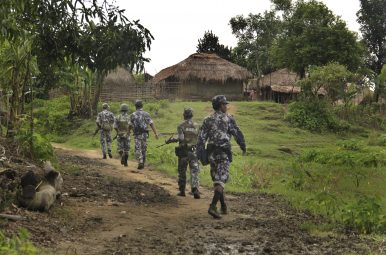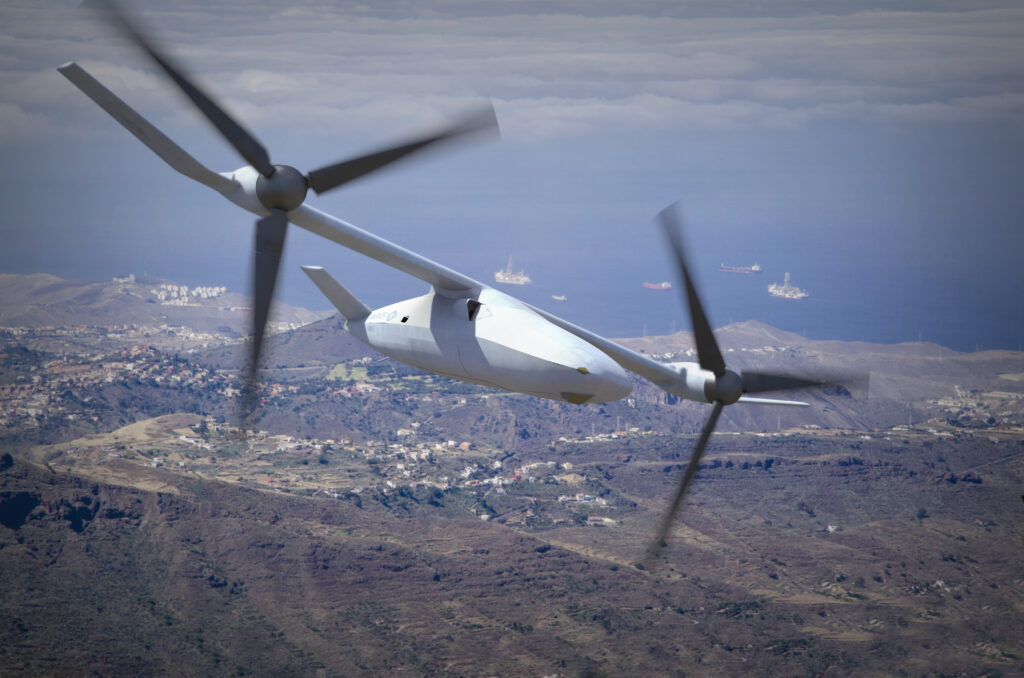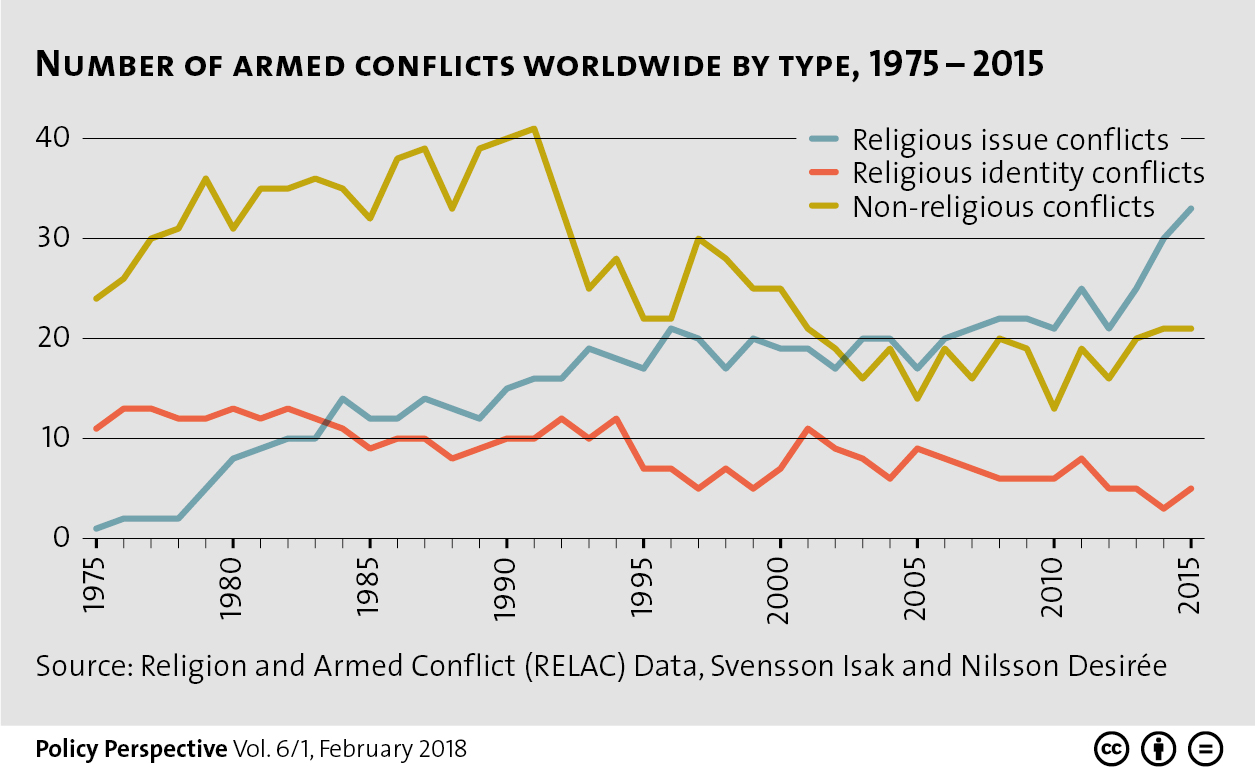Mohammed Ayoob
 Washington’s attempt to find a resolution to the Afghan conflict militarily while continuously antagonizing Iran and chastising Pakistan is bound to end in failure.
Washington’s attempt to find a resolution to the Afghan conflict militarily while continuously antagonizing Iran and chastising Pakistan is bound to end in failure.
The most recent carnage in Afghanistan last Saturday that left over one hundred people dead has once again made clear that the threatfrom the Taliban, and now increasingly from ISIS as well, is not likely to disappear any time soon. Indeed the menace seems to be growing as the Afghan regime is increasingly immobilized because of the standoff between President Ashraf Ghani and his rival Chief Executive Abdullah Abdullah. Instead of providing stability the agreement between the two contenders for the presidency to share power has left the government paralyzed.












/arc-anglerfish-arc2-prod-mco.s3.amazonaws.com/public/7OUN3EF2HZH55O2KBKILLBHNOE.jpg)

